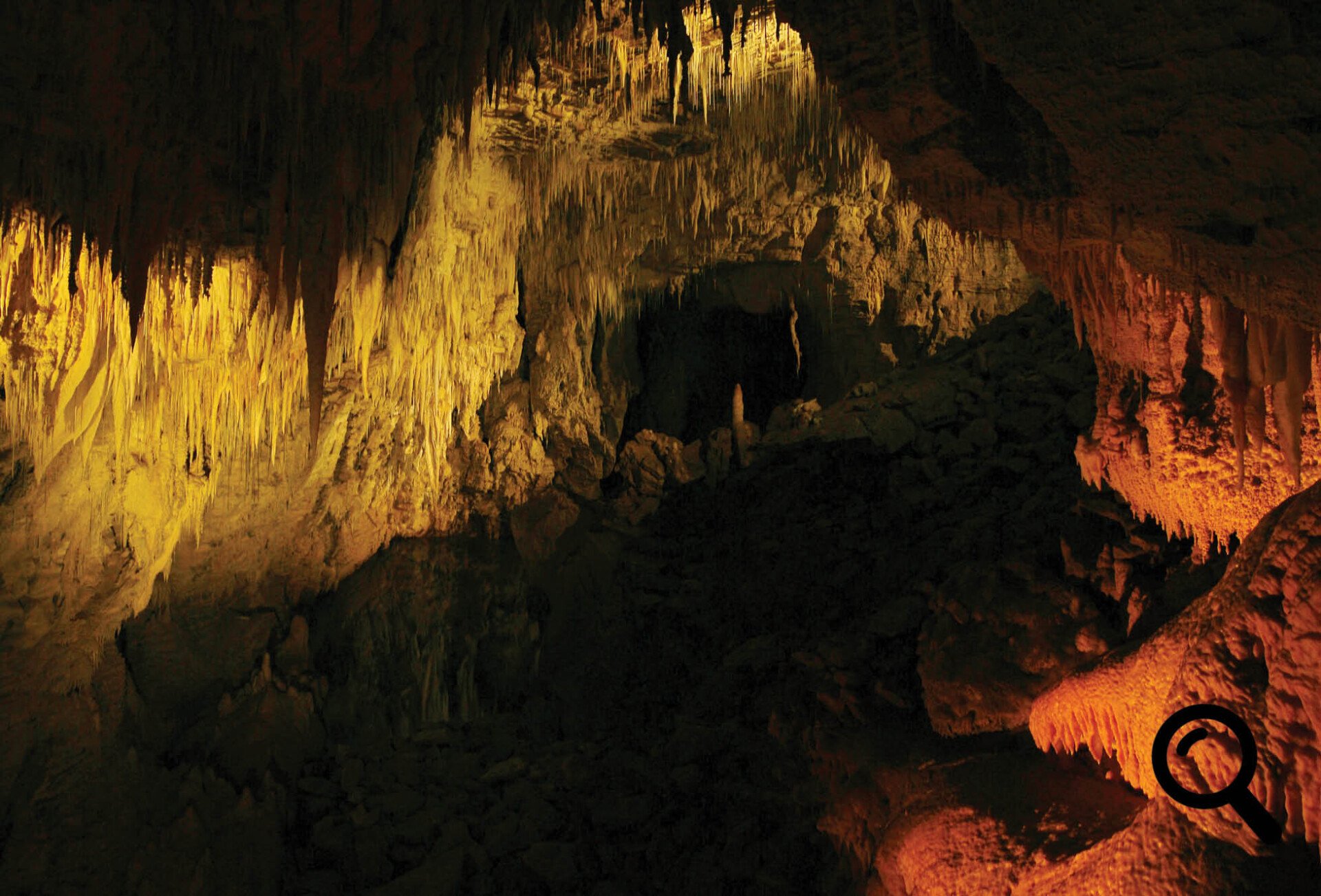- About Us
-
Trips
-
 Kiwi-Style Hiking
Kiwi-Style Hiking
-
 Great Walks
Great Walks
-
 Hiking Tours
Hiking Tours
-
Alpine Hikes
-
Custom Groups
- Huayhuash Trek
- Family Northern Explorer
- Family Southern Explorer
- Lake Waikaremoana Hike
- Women's Custom Tours
- Women's Southern Wilderness
- Coast, Canyons and Mountains
- Coastal Wanderer Custom Tour
- Don't Cross the Ladies
- Secret South Custom Tour
- Tekapo Hike
- West Coast Custom Tour
- World Heritage Custom Tour
-
- Blog
- Shortlist
- About Us
- Trips
- Blog
- Shortlist

Oct 16, 2024
From flightless nocturnal parrots, to three-eyed reptiles, minuscule bats and giant crickets, glowing gnats and massive carnivorous snails, there is a wealth of unique animal species to discover in New Zealand’s natural world. We’ve taken the time to highlight 10 of our favourite and perhaps strangest native New Zealand animals for you to keep an eye out for on your next visit!
Tuatara
The tuatara, a living fossil, has undergone little change since its ancestors crept alongside dinosaurs 220 million years ago. New Zealand’s largest reptile can weigh 1.5 kgs and span up to half a metre in length. The females lay up to six eggs which they bury for warmth, and they can live longer than 80 years, sleeping in burrows, basking in the sun, being most active at night and eating lizards, frogs, seabird chicks and invertebrates.
Tuatara hatch with a third eye on the top of their head. They now only live on nearshore islands as introduced rats destroyed the mainland populations.
Powelliphanta
While there are approximately 1400 species of native snails and slugs in New Zealand, one little known genus of snail in particular stands out: the Powelliphanta, New Zealand’s giant carnivorous snail. There are numerous species and subspecies within the genus, the largest being the Powelliphanta superba prouseorum. These slimy nocturnal invertebrates grow up to 9 cm across, weigh in excess of 90 grams and feed primarily on earthworms.
While they’re hard to spot, increasingly so due to being endangered, a lucky hiker may spot a beautiful discarded shell while walking in Nelson or north Westland where their largest population exists. Though, there are populations dotted all over New Zealand.

Glow Worms
There’s nothing quite like stepping into a dark cave in New Zealand and feeling as though you’re suddenly suspended in space, surrounded by tiny, distant stars.
That’s the convincing illusion produced by a cave ceiling that’s home to the larvae of carnivorous fungus gnats. Equipped with an organ much like a human’s kidney in which an enzyme called luciferase reacts with other chemicals, these larvae (glow worms) produce a blueish bioluminescence.
Once hatched, the glow worm spends most of its life (nine months) as a larva, building a mucus ‘hammock’ and attracting prey with their light. They then live as adults for three days, as they no longer have a mouth and therefore cannot eat. Glow worms can be seen all over New Zealand, in damp, dark caves, gullies and overhangs in damp forests.
Longfin Eel
The longfin eel is another peculiar creature native to New Zealand. Perhaps the world's largest freshwater eel, and certainly our largest freshwater fish, this top predator can grow to 1.75 metres, weigh up to 40 kgs and live to be over 100!
The snake-like fish swims from New Zealand to the tropical waters of Tonga to breed and then die at the average age of 23 (m) and 34 (f). The larvae then drift back to New Zealand on the ocean currents before working their way up rivers to live in freshwater.
Longfin eels feed on insects, fish and small birds, hunting by smell at night. They can slither across grass and even climb waterfalls.
Kea
New Zealand is home to the world’s only alpine parrot. Certainly our cheekiest species, the Kea, is found in mountainous areas on New Zealand’s South Island. Insatiably curious, Kea are renowned for thievery and destruction. Unattended food on the patio of a cafe in Arthur’s Pass National Park will not be unattended for long, and the rubber on your windscreen wiper blades may look too good to resist.
Once prolific, an estimated 150,000 kea were killed between 1867 and 1970 as the New Zealand government put a bounty on their heads. The bounty had been introduced in response to reports that Kea had been seen killing sheep in Central Otago.
Kea are thought to be as smart as a four year old child. Their plumage is a gorgeous olive green with bright orange under the wing. Named after the sound of their cry, it is always special to hear ‘keeeaaaa’ when hiking in the mountains.
Kākāpō
Speaking of parrots, another one-of-a-kind exists in New Zealand. Introducing the world’s only flightless parrot, the Kākāpō!
These greenish- yellow nocturnal avians weigh in at an impressive 2-4 kg. Males ‘boom’ from a system of tracks and bowls they’ve made on the forest floor to attract a female for breeding. They only breed on Rimu mast years (when there is plenty of fruit) which occur every 2-4 years. The introduction of mammals including rats and stoats led to their demise on the South Island.
Around 245 Kakapo now exist, thanks to monumental conservation efforts, on several small, forested offshore islands.

Wētāpunga
Out of over 100 species of Wētā in New Zealand, our favourite is the Wētāpunga. Adults are among the heaviest insects in the world! Females are generally larger and can weigh 70g, with bodies spanning 10 cm and legs spanning 20!
As one of the oldest land creatures in New Zealand, the Wētāpunga’s fossilised ancestors in Queensland date back 190 million years. Before the introduction of land mammals, giant wētā filled the same ecological niche as rats and mice. Ironically, it was the introduction of rats that wiped the Wētāpunga out everywhere but Little Barrier Island.
While they might look big and scary, the Wētāpunga are docile insects. They don’t bite!
Pekapeka
Believe it or not, New Zealand’s only native land mammals are the tiny long-tailed and lesser short-tailed bats, both referred to as ‘pekapeka’.
Having evolved in isolation for millions of years, these little guys are quite peculiar. With bodies roughly as large as an NZ $2 coin, the lesser short-tailed bat is one of the few bat species in the world that forages by using its wings and legs to crawl.
Both species feed mainly on insects, and are critically endangered. They have a few strongholds, primarily on the North Island, offshore islands, and in Fiordland on the South Island.
Takahē
Another large, flightless bird, the takahē takes the cake for record smashing excrement production: up to 9 metres a day!
While they certainly look prehistoric, the takahē isn’t much of a fighter when compared to their distant T-rex cousins. Having evolved to hide from their main predator, the now extinct Haast’s Eagle, takahē opt for a freeze and camouflage response to threat. This was great when their only threat came from above, but with the introduction of mammals, their story stays consistent with so many other NZ natives.
However, the Takahe was thought extinct in 1898, but a small population was rediscovered in 1948, hidden in the remote Murchison mountains of fiordland by Dr. Geoffrey Orbell.

Kiwi
Now, it wouldn’t be fair to leave New Zealand’s icon out of this list. Far from boring, this strange bird's unusual appearance is defined by its long bill and apparent lack of wings. Kiwis have nostrils at the tip of their beak, unlike most birds whose nostrils are at the base, which is a handy adaptation for locating food by sense of smell.
There are five species of kiwi, which belong to the ratite family, along with other large flightless birds such as emu, ostriches and cassowaries. Kiwi are nocturnal, opting to spend the day resting in their underground burrows.
New Zealand’s symbol has one of the largest egg to body weight ratios, with an average egg weighing over 15% of the female’s body weight!
Upon initial inspection, New Zealand may seem relatively void of varied fauna, beyond the birds that present themselves to you. However, we are home to an incredibly colourful array of weird and wonderful animals largely unique to our wee islands in the Pacific! You just need to know where to look (and what in the world it is you’re looking for)!







